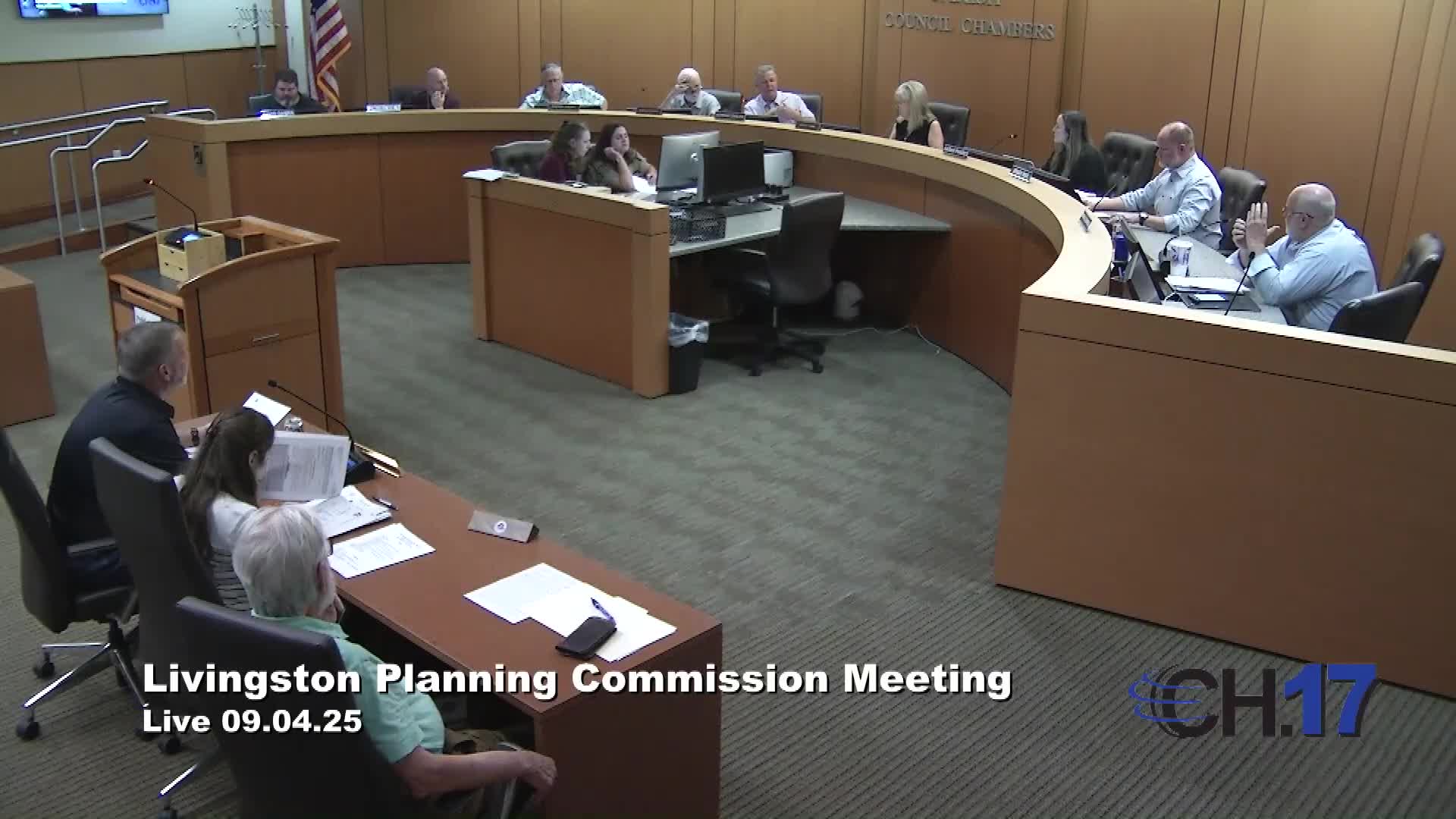City Council Approves Zoning Changes for Multiple Properties on South Satsuma Road
September 05, 2025 | Livingston Parish, Louisiana
This article was created by AI summarizing key points discussed. AI makes mistakes, so for full details and context, please refer to the video of the full meeting. Please report any errors so we can fix them. Report an error »

During a recent meeting of the Livingston Zoning Commission, significant discussions centered around zoning changes and property development that could impact local residents. The commission addressed a proposal to combine two parcels of land, which raised questions about zoning classifications and the implications for future development.
One of the key topics was the potential rezoning of a 0.9-acre portion of property. Commission members discussed the necessary steps for development, including the need for the property to be rezoned and the plat to be redone to meet the required lot size for the new zoning classification. Concerns were raised about the property becoming nonconforming due to its size, which could complicate future development efforts.
Commissioner Collins emphasized the importance of understanding the implications of the proposed changes, noting that the smaller parcel could become "orphaned" if not properly addressed. This situation could hinder future development opportunities, as any new permits would require adjustments to property lines to meet zoning requirements.
After thorough discussion, the commission voted to accept the motion to recommend the rezoning to the council, with several members expressing their support. The vote reflected a consensus on the need to move forward while ensuring that all zoning regulations are adhered to.
In addition to the primary discussion on the property rezoning, the commission also opened a public hearing regarding another case involving a change from small neighborhood business zoning to residential zoning. This change was deemed necessary to align with the preferences of neighboring residents, and the commission quickly moved to accept the motion for this adjustment as well.
As the Livingston Zoning Commission continues to navigate these zoning changes, the outcomes of these discussions will play a crucial role in shaping the community's development landscape. Residents are encouraged to stay informed about these decisions, as they directly affect local property use and neighborhood dynamics.
One of the key topics was the potential rezoning of a 0.9-acre portion of property. Commission members discussed the necessary steps for development, including the need for the property to be rezoned and the plat to be redone to meet the required lot size for the new zoning classification. Concerns were raised about the property becoming nonconforming due to its size, which could complicate future development efforts.
Commissioner Collins emphasized the importance of understanding the implications of the proposed changes, noting that the smaller parcel could become "orphaned" if not properly addressed. This situation could hinder future development opportunities, as any new permits would require adjustments to property lines to meet zoning requirements.
After thorough discussion, the commission voted to accept the motion to recommend the rezoning to the council, with several members expressing their support. The vote reflected a consensus on the need to move forward while ensuring that all zoning regulations are adhered to.
In addition to the primary discussion on the property rezoning, the commission also opened a public hearing regarding another case involving a change from small neighborhood business zoning to residential zoning. This change was deemed necessary to align with the preferences of neighboring residents, and the commission quickly moved to accept the motion for this adjustment as well.
As the Livingston Zoning Commission continues to navigate these zoning changes, the outcomes of these discussions will play a crucial role in shaping the community's development landscape. Residents are encouraged to stay informed about these decisions, as they directly affect local property use and neighborhood dynamics.
View full meeting
This article is based on a recent meeting—watch the full video and explore the complete transcript for deeper insights into the discussion.
View full meeting
